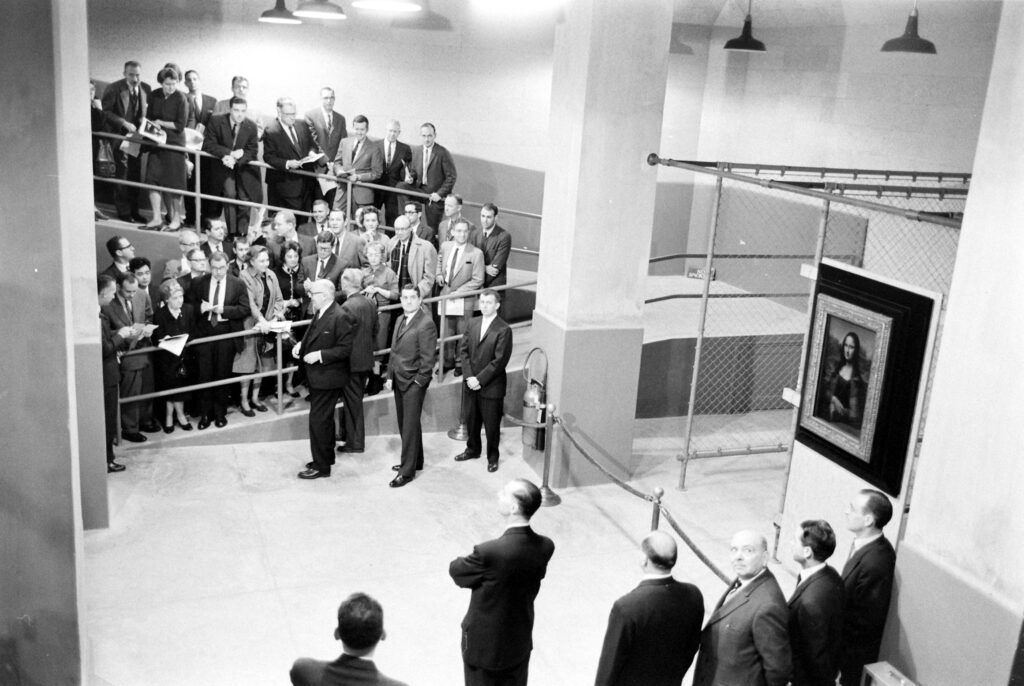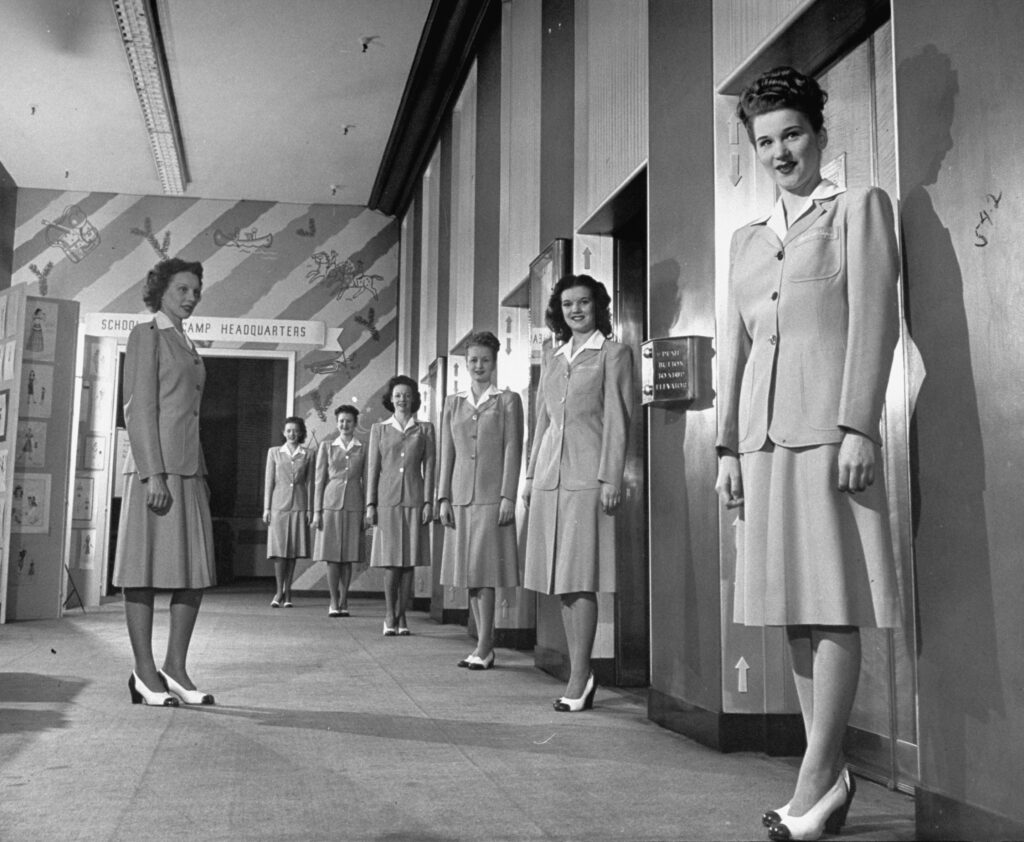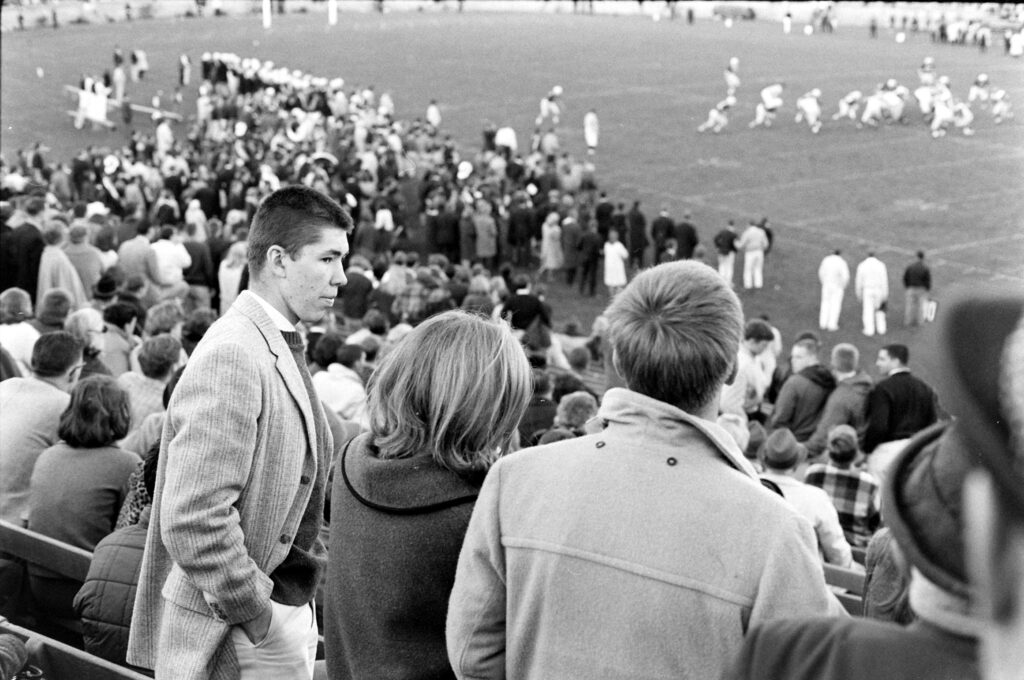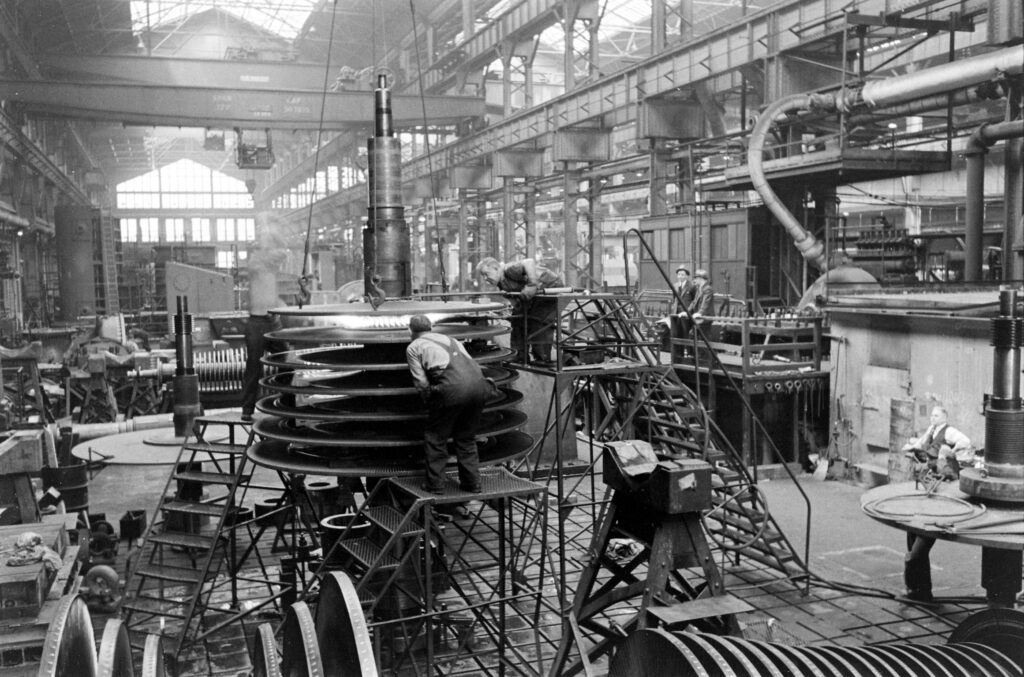Written By: Liz Ronk
Oil. A simple word that for much of the 20th century, and well into the 21st, has meant unimaginable wealth for a very few; plentiful and (for a time, at least) cheap energy for consumers and industries around the globe; deadly conflicts and tensions, as international powers jockeyed to ensure access to wells, fields and pipelines; and, of course, myriad and well-founded worries about the poisoning of land, sea and sky and still, the world craves more, always more, of the precious stuff
In an online article titled “There Will Be Oil and That’s the Problem,” a companion piece to his recent TIME cover story, writer Bryan Walsh argues that oil supplies aren’t going to vanish any time soon, but that fact shouldn’t leave us any less concerned about our dependence on petroleum:
“[Discoveries of new oil reserves] are occurring around the world,” Walsh points out, “from the deepwater finds off Brazil to the North Dakota tight oil that has led to a resurgence of American crude production. There are oil sands in Canada and new resources in the melting waters of the Arctic. There will be oil and that may be the problem. That’s because the new supplies are for the most part more expensive than traditional oil from places like the Middle East sometimes significantly so. They are often dirtier, with a greater risk of more devastating spills and accidents.”
Walsh goes on to discuss far more complex and enduring issues around the production and consumption of oil, but a central, unsettling question looms: in a world with an unslakable thirst for petroleum, will human beings pay a higher and higher price in blood, in treasure, in environmental degradation rather than rethink their addiction to oil?
With that question hanging in the air, LIFE.com looks back at one of the earliest and most comprehensive features any publication anywhere ever published on the fraught and lucrative Mideast petroleum industry: a massive photo essay in the June 11, 1945, issue of LIFE magazine titled, simply, “Middle East Oil,” that provided (in LIFE’s words) “the first complete look at this fabulous and troublesome part of the world.”
Photographer Dmitri Kessel spent eight weeks traveling and photographing in Iran, Bahrain, Saudi Arabia and Iraq. (“It was so hot,” LIFE informed its readers of the photographer’s time in the desert, “that for periods Kessel could not handle his camera without scorching his hands.”) The result is a remarkable chronicle of a world both familiar and impossibly remote, where preteen dynastic kings, transplanted Texas wildcatters and armies of anonymous workers play out their lives amid the forces shaping the region’s landscape and transforming ancient cultures: the towering oil wells and refineries so colossal they sometimes seem ready to dwarf the desert itself.
NOTE: A sharp reminder that the original “Middle East Oil” feature from 1945 was published in an era vastly different than our own can be found in the dated language and, even more so, in the blatant, invidious bias occasionally on display in the article. For example, one photo caption reads, in part: “Anglo-Iranian Oil Co. employs 40,000 Iranians, many trained in its own Institute of Petroleum Technology. It has built its own city beside the old town. Iranian workers are usually honest and as industrious as heat permits.”
It goes without saying that LIFE would not have made a similar assertion about, say, American workers at a refinery in Texas or Louisiana.

Middle East OIl, Iran 1945
Dmitri Kessel Time & Life Pictures/Shutterstock

IRAN

Middle East Oil, Iran 1945
Dmitri Kessel Time & Life Pictures/Shutterstock

Middle East Oil, Iran 1945
Dmitri Kessel Time & Life Pictures/Shutterstock

Middle East Oil, Iran 1945
Dmitri Kessel Time & Life Pictures/Shutterstock

Middle East Oil, Iran 1945
Dmitri Kessel Time & Life Pictures/Shutterstock

Middle East Oil, Iran 1945
Dmitri Kessel Time & Life Pictures/Shutterstock

Middle East Oil, Iran 1945
Dmitri Kessel Time & Life Pictures/Shutterstock

Middle East Oil, Iran 1945
Dmitri Kessel Time & Life Pictures/Shutterstock

Middle East Oil, Iran 1945
Dmitri Kessel Time & Life Pictures/Shutterstock

Middle East Oil, Iran 1945
Dmitri Kessel Time & Life Pictures/Shutterstock

Middle East Oil, Iran 1945
Dmitri Kessel Time & Life Pictures/Shutterstock

Middle East Oil, Iran 1945
Dmitri Kessel Time & Life Pictures/Shutterstock

Middle East Oil, Iran 1945
Dmitri Kessel Time & Life Pictures/Shutterstock

Middle East Oil, Iran 1945
Dmitri Kessel Time & Life Pictures/Shutterstock

Iranian Shah Mohammed Reza Pahlev, 1945
Dmitri Kessel Time & Life Pictures/Shutterstock

Middle East Oil, Iran 1945
Dmitri Kessel Time & Life Pictures/Shutterstock

IRAQ

Kirkuk, Iraq, 1945
Dmitri Kessel Time & Life Pictures/Shutterstock

Kirkuk oil field, Iraq, 1945
Dmitri Kessel Time & Life Pictures/Shutterstock

Middle East Oil, Iraq 1945
Dmitri Kessel Time & Life Pictures/Shutterstock

Middle East Oil, Iraq 1945
Dmitri Kessel Time & Life Pictures/Shutterstock

Kirkuk, Iraq, 1945
Dmitri Kessel Time & Life Pictures/Shutterstock

Kirkuk, Iraq, 1945
Dmitri Kessel Time & Life Pictures/Shutterstock

Kirkuk oil fields, Iraq, 1945
Dmitri Kessel Time & Life Pictures/Shutterstock

Camels graze near an oil refinery, Iraq, 1945
Dmitri Kessel Time & Life Pictures/Shutterstock

King Faisal, Iraq 1945
Dmitri Kessel Time & Life Pictures/Shutterstock

BAHRAIN

Bahrain oil refinery, 1945
Dmitri Kessel Time & Life Pictures/Shutterstock

Oil industry laborers, Bahrain, 1945
Dmitri Kessel Time & Life Pictures/Shutterstock

Middle East Oil, Bahrain 1945
Dmitri Kessel Time & Life Pictures/Shutterstock

Middle East Oil, Bahrain 1945
Dmitri Kessel Time & Life Pictures/Shutterstock

Middle East Oil, Bahrain 1945
Dmitri Kessel Time & Life Pictures/Shutterstock

Bahrain oil refinery, 1945
Dmitri Kessel Time & Life Pictures/Shutterstock

Bahrain oil refinery, 1945
Dmitri Kessel Time & Life Pictures/Shutterstock

Bahrain oil refinery, 1945
Dmitri Kessel Time & Life Pictures/Shutterstock

Bahrain 1945
Dmitri Kessel Time & Life Pictures/Shutterstock

SAUDI ARABIA

Middle East Oil, Saudi Arabia 1945
Dmitri Kessel Time & Life Pictures/Shutterstock

Saudi Arabia 1945
Dmitri Kessel Time & Life Pictures/Shutterstock

Saudi Arabia oil refinery 1945
Dmitri Kessel Time & Life Pictures/Shutterstock

Saudi Arabia, 1945
Dmitri Kessel Time & Life Pictures/Shutterstock

Saudi Arabia, 1945
Dmitri Kessel Time & Life Pictures/Shutterstock

Saudi Arabia, 1945
Dmitri Kessel Time & Life Pictures/Shutterstock

Saudi Arabia, 1945
Dmitri Kessel Time & Life Pictures/Shutterstock

Saudi Arabia 1945
Dmitri Kessel Time & Life Pictures/Shutterstock

Saudi Arabia 1945
Dmitri Kessel Time & Life Pictures/Shutterstock

Saudi Arabia 1945
Dmitri Kessel Time & Life Pictures/Shutterstock

Saudi Arabia 1945
Dmitri Kessel Time & Life Pictures/Shutterstock

Middle East Oil, Saudi Arabia 1945
Dmitri Kessel Time & Life Pictures/Shutterstock

Middle East Oil, Saudi Arabia 1945
Dmitri Kessel Time & Life Pictures/Shutterstock

Middle East Oil. Saudi Arabia 1945
Dmitri Kessel Time & Life Pictures/Shutterstock

Middle East Oil, Saudi Arabia 1945
Dmitri Kessel Time & Life Pictures/Shutterstock





























































